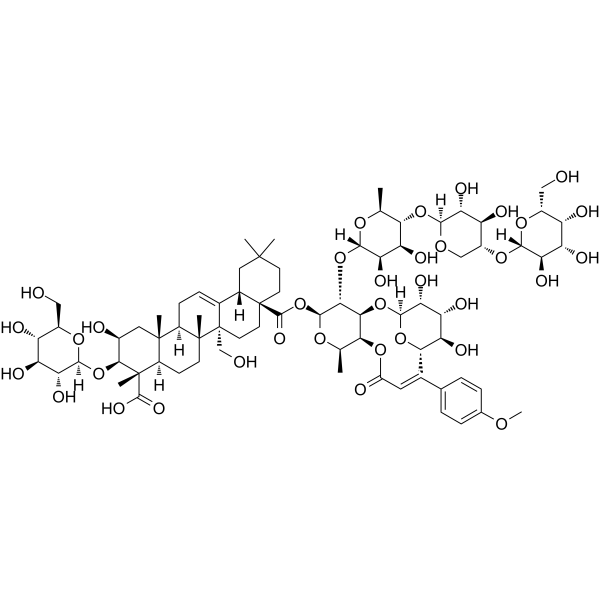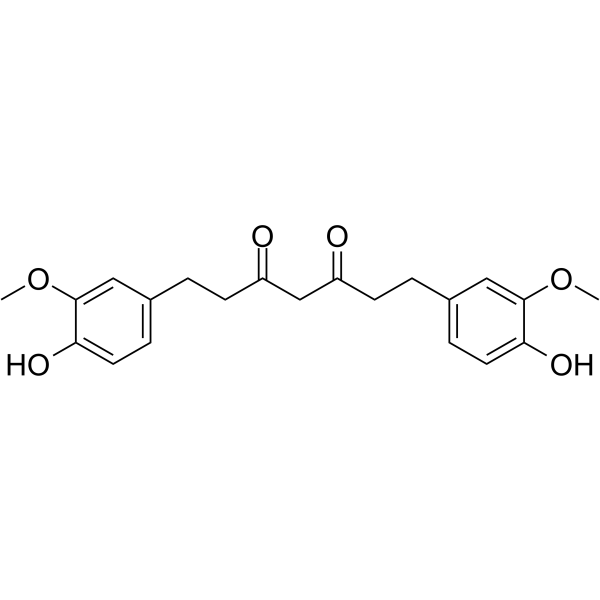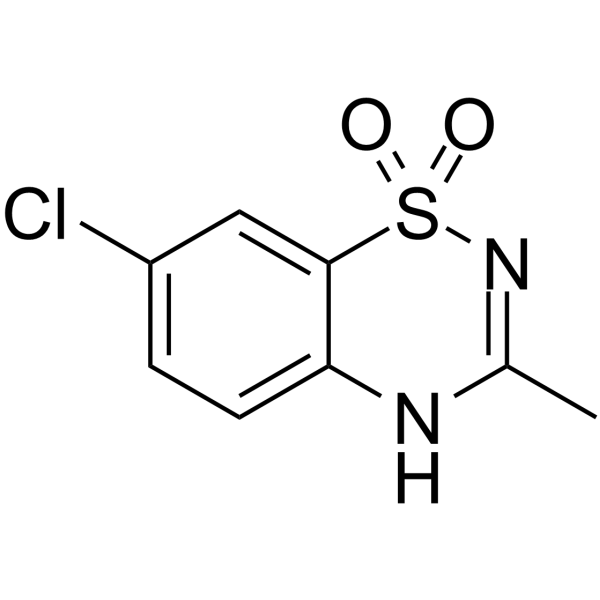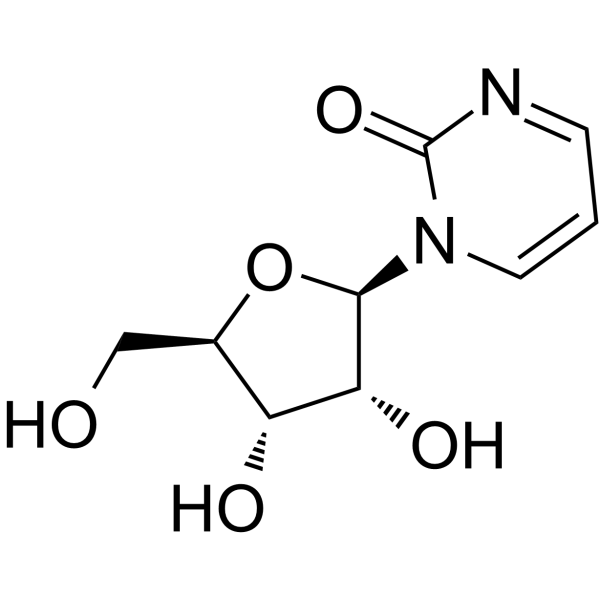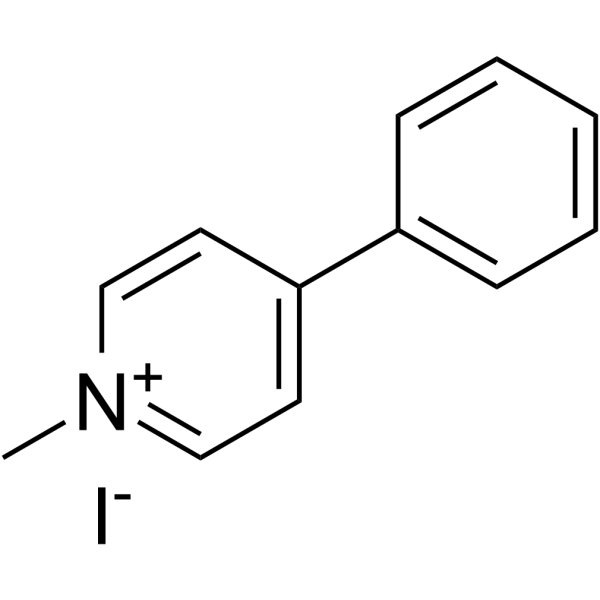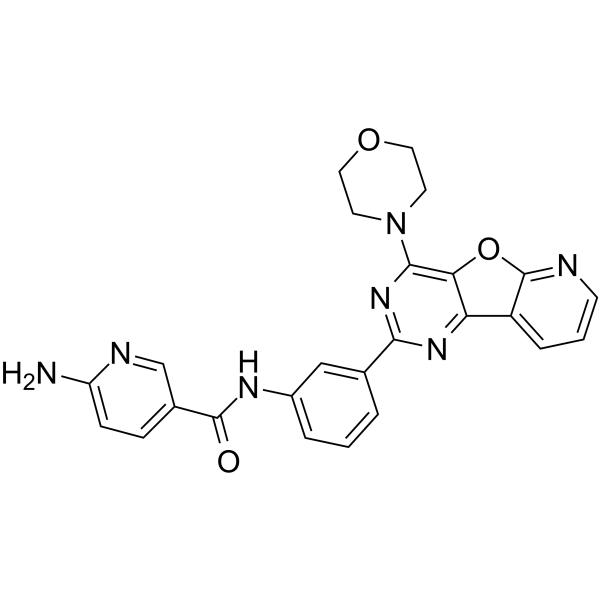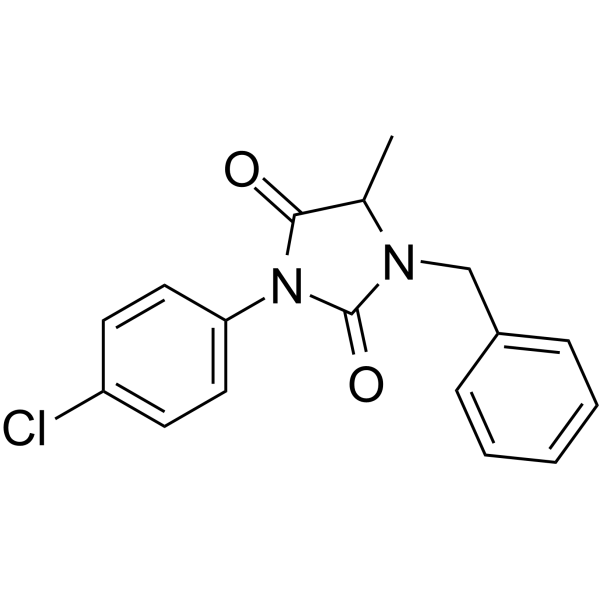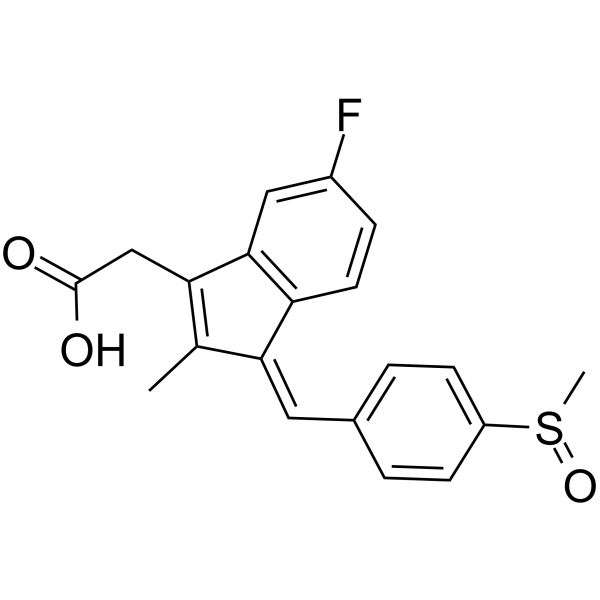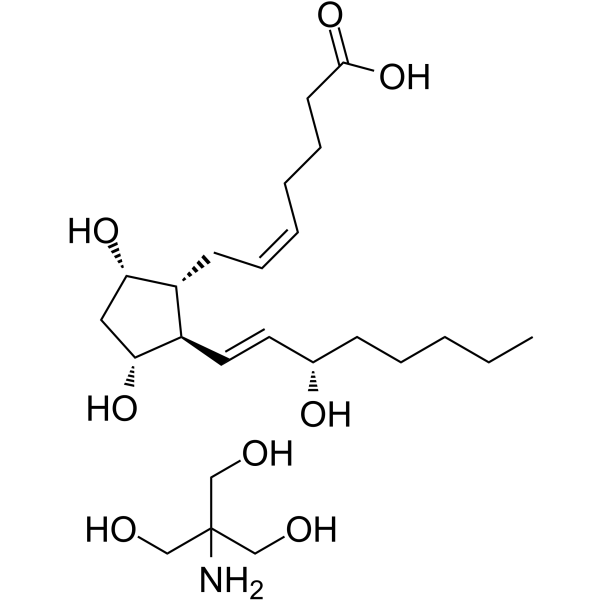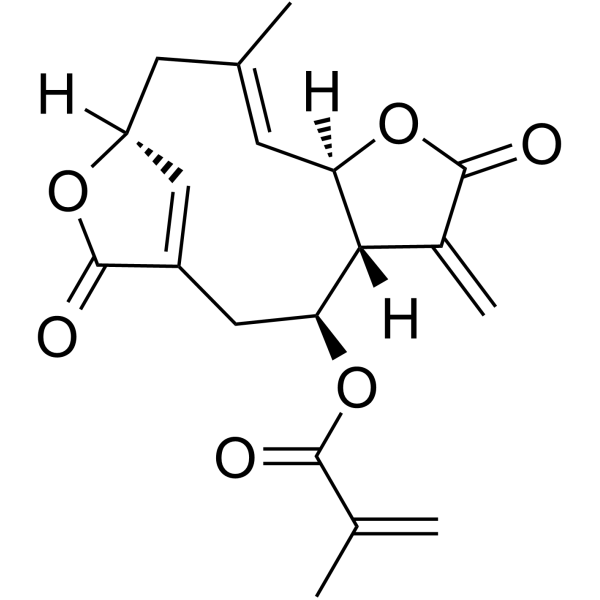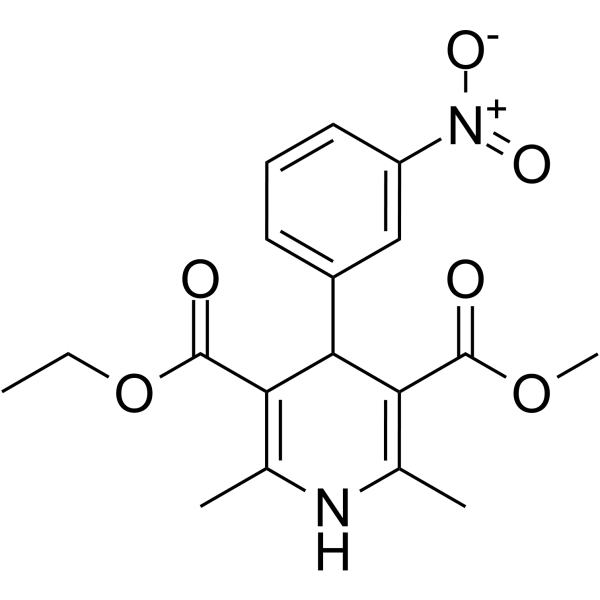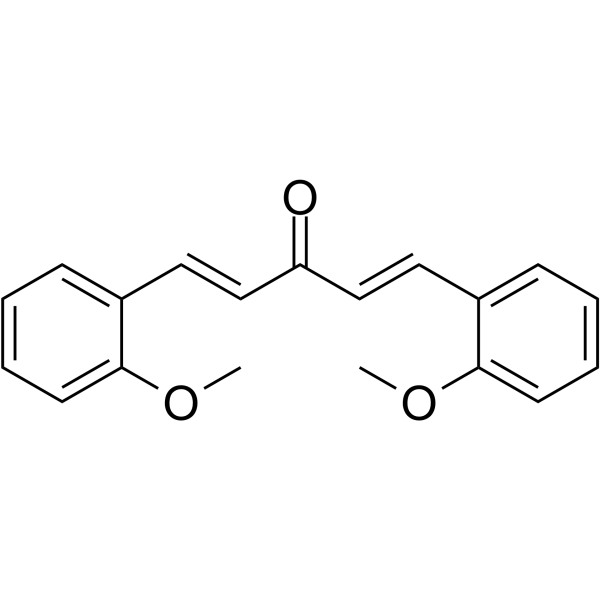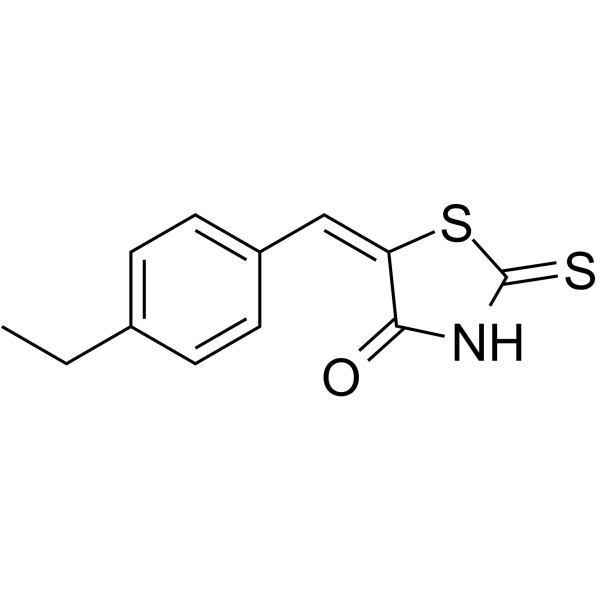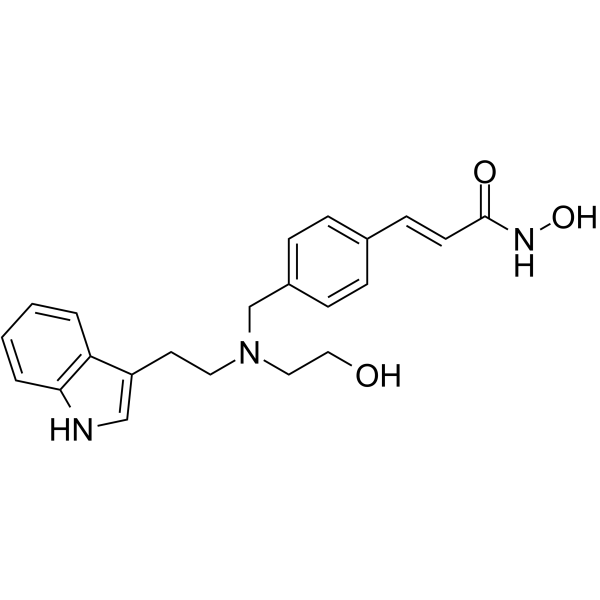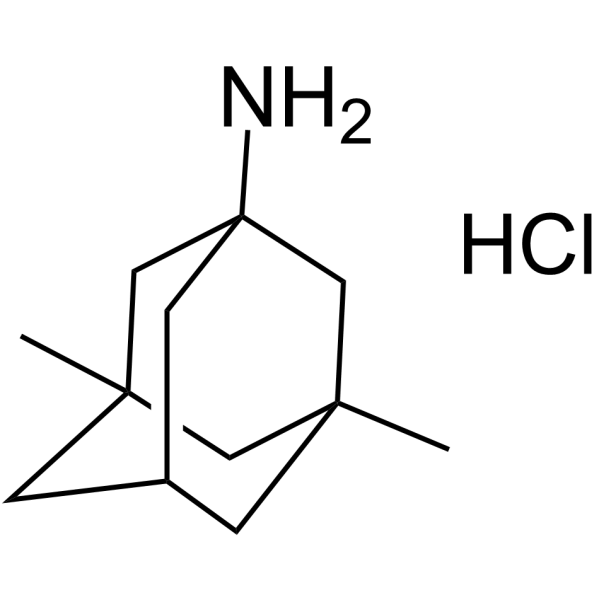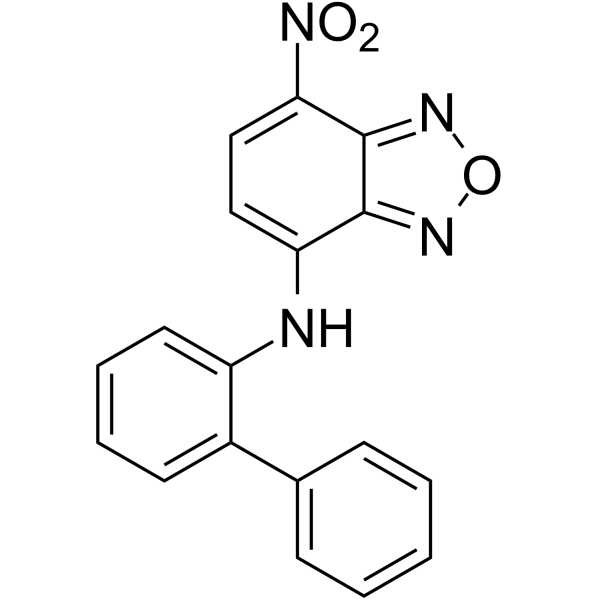|
BP12638
|
Onjisaponin B
|
|
|
|
|
Onjisaponin B induces autophagy via the AMPK-mTOR signaling pathway, increases the NGF level and accelerates both the removal of mutant huntingtin and A53T α±-synuclein, it may have potential therapeutic effects on Parkinson disease, Alzheimer disease and Huntington disease.
|
|
BP12639
|
Tetrahydrocurcumin
|
|
|
|
|
Tetrahydrocurcumin, a major metabolite of curcumin, has strong antioxidant and cardioprotective properties.
|
|
BP12640
|
Diazoxide
|
|
|
|
|
Diazoxide is a benzothiadiazine derivative that is a peripheral vasodilator used for hypertensive emergencies. It lacks diuretic effect, apparently because it lacks a sulfonamide group.
|
|
BP12641
|
Zebularine
|
|
|
|
|
Zebularine is a DNA methylation inhibitor. Acts as a transition state analog inhibitor of cytidine deaminase by binding to the active size as covalent hydrates. It also inhibits cytidine deaminase (Ki: 2 μM, in a cell-free assay).
|
|
BP12642
|
MPP+ iodide
|
|
|
|
|
MPP+ iodide, the metabolite of a neurotoxin MPTP, causes symptom of Parkinson's disease (PD) in animal models by selectively destroying dopaminergic neurons in substantia nigra. MPP+ induces dopamine transporter (DAT) externalization in dopaminergic (DA) neurons, but internalization of serotonin transporter (SERT) in serotonergic (5-HT) neurons. MPP+ induces autophagic cell death in SH-SY5Y cells.
|
|
BP12643
|
YM-201636
|
|
|
|
|
YM201636 (IC50=33 nM), a specific PIKfyve inhibitor, is less effective to p110α and insensitive to Fabl, which is yeast orthologue.
|
|
BP12644
|
Elaiophylin
|
|
|
|
|
Elaiophylin shows antiprotozoal activity against Plasmodium falciparum K1a and Trypanosoma brucei brucei GUTat 3.1 strains with IC50 of 0.36 μM and 0.45 μM, respectively.
|
|
BP12645
|
ALLO-1
|
|
|
|
|
ALLO-1 is an autophagy receptor and is essential for autophagosome formation around paternal organelles and directly binds to the worm LC3 homologue LGG-1 through its LC3-interacting region (LIR) motif.
|
|
BP12646
|
Sulindac
|
|
|
|
|
Sulindac is a sulfinylindene derivative prodrug with potential antineoplastic activity. Converted in vivo to an active metabolite, sulindac, a nonsteroidal anti-inflammatory drug (NSAID), blocks cyclic guanosine monophosphate-phosphodiesterase (cGMP-PDE), an enzyme that inhibits the normal apoptosis signal pathway; this inhibition permits the apoptotic signal pathway to proceed unopposed, resulting in apoptotic cell death.
|
|
BP12647
|
Dinoprost tromethamine salt
|
|
|
|
|
Dinoprost(Prostaglandin F2α) tromethamine salt is a naturally occurring prostaglandin used in medicine to induce labor and as an abortifacient.
|
|
BP12648
|
Isodeoxyelephantopin
|
|
|
|
|
Isodeoxyelephantopin can inhibit the growth of various tumor cells.
|
|
BP12649
|
Nitrendipine
|
|
|
|
|
Nitrendipine is a calcium channel blocker with marked vasodilator action. It is an effective antihypertensive agent and differs from other calcium channel blockers in that it does not reduce glomerular filtration rate and is mildly natriuretic, rather than sodium retentive.
|
|
BP12650
|
TFEB activator 1
|
|
|
|
|
TFEB activator 1 is an activator of transcription factor EB (TFEB) with promise for the prevention or treatment of Alzheimer's disease.
|
|
BP12651
|
Nitroxoline
|
|
|
|
|
Nitroxoline is a urinary antibacterial agent active against susceptible gram-positive and gram-negative organisms commonly found in urinary tract infections.
|
|
BP12652
|
10058-F4
|
|
|
|
|
10058-F4 is a cell-permeable thiazolidinone that specifically inhibits the c-Myc-Max interaction and prevents transactivation of c-Myc target gene expression; induces cell-cycle arrest and apoptosis.
|
|
BP12653
|
Dacinostat
|
|
|
|
|
LAQ824 (Dacinostat) is a novel HDAC inhibitor with IC50 of 32 nM and is an activator of the p21 promoter.
|
|
BP12654
|
MSX-130
|
|
|
|
|
MSX-130 is CXCR4 Antagonist.
|
|
BP12655
|
palovarotene
|
|
|
|
|
Palovarotene is an agonist of nuclear retinoic acid receptor γ (RAR-γ).
|
|
BP12656
|
Memantine hydrochloride
|
|
|
|
|
Memantine hydrochloride is an AMANTADINE derivative that has some dopaminergic effects. Memantine hydrochloride has been proposed as an antiparkinson agent.
|
|
BP12657
|
10074-G5
|
|
|
|
|
10074-G5 is an inhibitor of c-Myc-Max dimerization.
|
